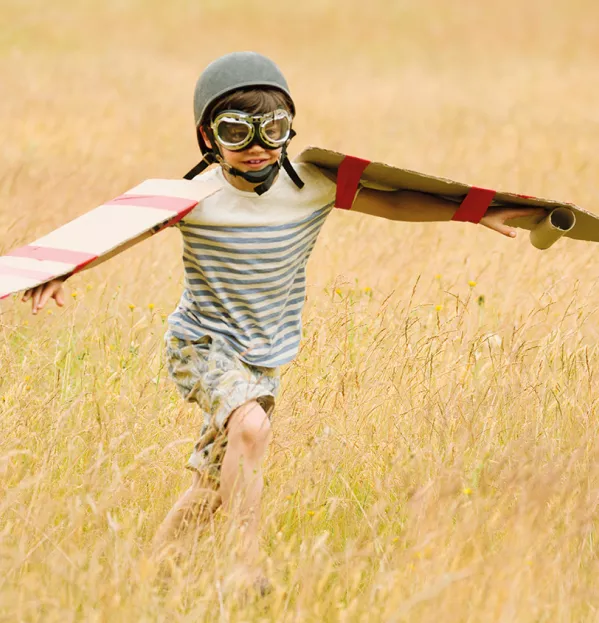In a split second, they are all quiet. Not a sound can be heard. The robin jumps from the branch to the ground. Two little heads turn to me, their mouths open in wonder. The robin is less than a metre from the P1 class. It pecks at the ground then takes flight. The babble of voices erupts straight away: “Did you see its cute feet?” “His belly was bright red!” “Where did he fly to?” “Where does he live?”
This is a spark that could light a fire, a special moment that has captured the open minds of these five-year-olds. They were just about to begin looking for sticks to create letters when Lily spotted the robin. With a dramatic, exaggerated whisper, she pointed just behind where I had been standing. Instinctively, I crouched down and turned to stare at it. Some children copied me and for 20 seconds the robin held our complete attention.
That’s all it took - 20 seconds. The sticks were forgotten. They wanted to see what the robin had pecked at, to draw him, to name him. Others wanted facts. Where was he flying to? Does he have a family? Such questions have infinite learning possibilities.
Flexible learning
There was animated conversation on the walk back to school that morning; stories being told to each other about where he flew to and where he had been. We eventually collected sticks, but instead of doing the letters of the children’s names, we made four words about the robin: nest, beak, wing, fly. That isn’t where it stopped. “Robin” was a celebrity - by lunchtime, even the headteacher knew all about the sighting.
Over the next few days the children learned new vocabulary, painted robins, made Play-Doh nests and looked at places on the map to see where robins migrate to.
All too easily, we lose these moments in education - we have our plan and that’s what we stick to. But with the robin’s chance arrival, the children had the opportunity to lead their learning. They were encouraged to be enquiring, observant and caring, to be connected to the natural environment. They did achieve the learning intention - they learned letter names - but with a little bit of flexibility, they got so much more. They spent time in green space, connected with nature, and were physically active.
Oh, and did I mention it cost less, because we turned off the lights and the computers before leaving the school building?
Teaching outdoors has multiple benefits, but for me the most important is that we create happy experiences of learning - experiences that mean children are more likely to remain engaged in learning for many years to come.
Natalie White is a primary school principal teacher and a Curriculum Outdoors Attainment Challenge teacher in East Ayrshire. She tweets @natsywhite
